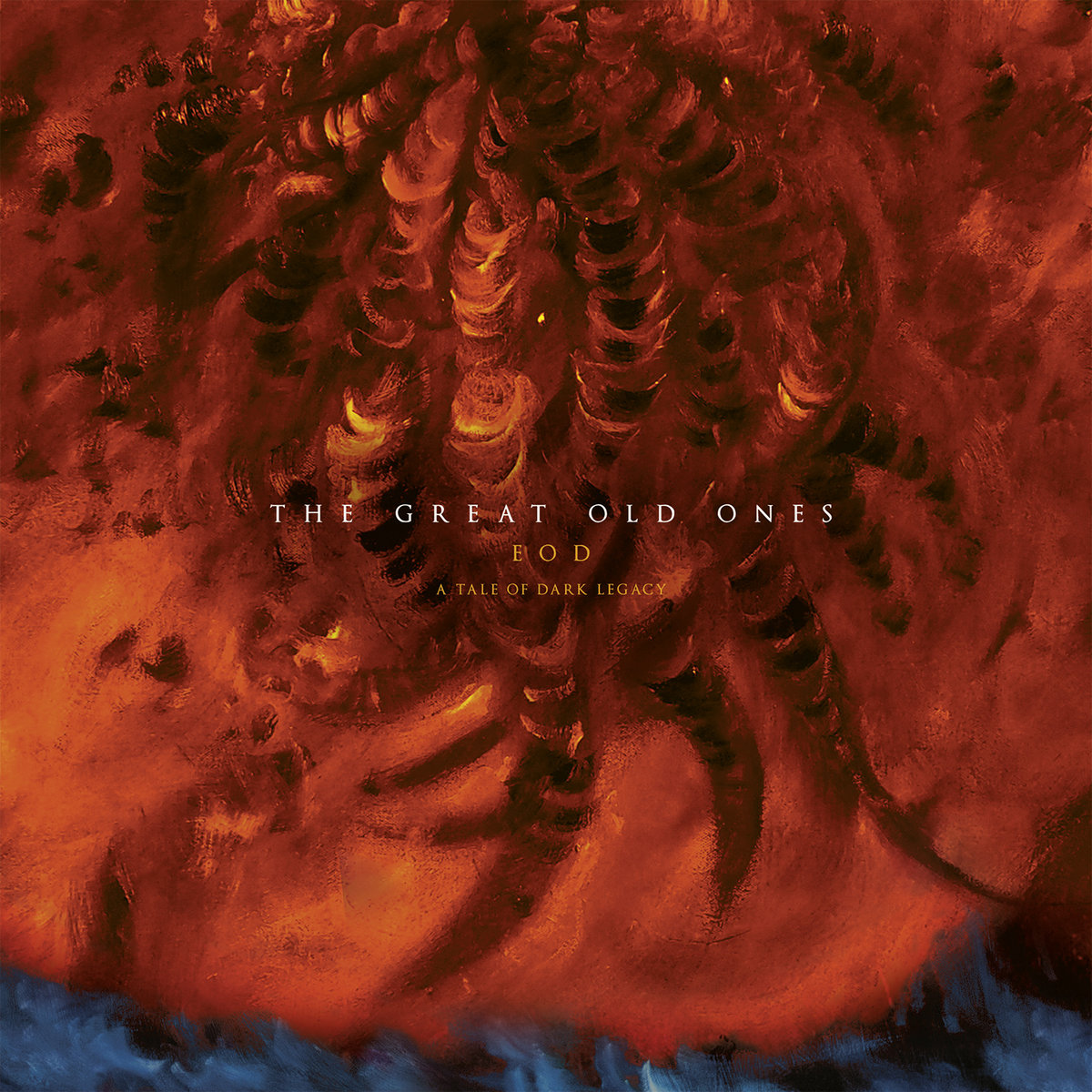

Pluto in Furs (2019) and Pluto in Furs 2(2022), anthologies of weird explicit fiction, is a deliberate reference to Venus in Furs.

It is this loose canon that many writers continue to call back to. The artificial restrictions on publication had helped to create a kind of erotic canon works like The Golden Assof Apuleius, Giovanni Boccaccio’s Decameron, Leopold von Sader-Masoch’s Venus in Furs (1870), and the anonymous The Way Of A Man With A Maid(1908) weren’t necessarily the most transgressive or well-written erotic works, but in the grey market of erotic books, certain titles had by dint of age, popularity, or literary quality stood out above the rest and became a part of the culture. With the new legalization of erotic literature came availability, as old classics were reprinted openly to meet a curious demand. 488 (SDNY 1959) opened the door for people in the United States to publish and possess such works as Fanny Hill (1748) without fear of the books being seized and burned, and the publishers fined and imprisoned.

It took decades for the legal standards to loosen. Pulp magazines with sex interest like Spicy Mystery and its sisters skated a thin line between being permissible or being deemed obscene and taken off newsstands and sometimes crossed it. Ambitious but shady individuals placed ads big and small in pulp magazines like Weird Tales, coding their books as works of medical or anthropological interest to skirt the laws. This did not stop the production or distribution of erotic works, but it drove it largely underground. In the 1920s and 30s in the United States of America, erotica was technically illegal-groups like the New York Society for the Suppression of Vice worked hand in glove with the police and the government censors of the United States Post Office to crack down on anything that smacked of smut, from James Joyce’s Ulysses (1922) and Henry Miller’s Tropic of Cancer (1934) to Tijuana bibles, nudist magazines, or explicit works on birth control.


 0 kommentar(er)
0 kommentar(er)
